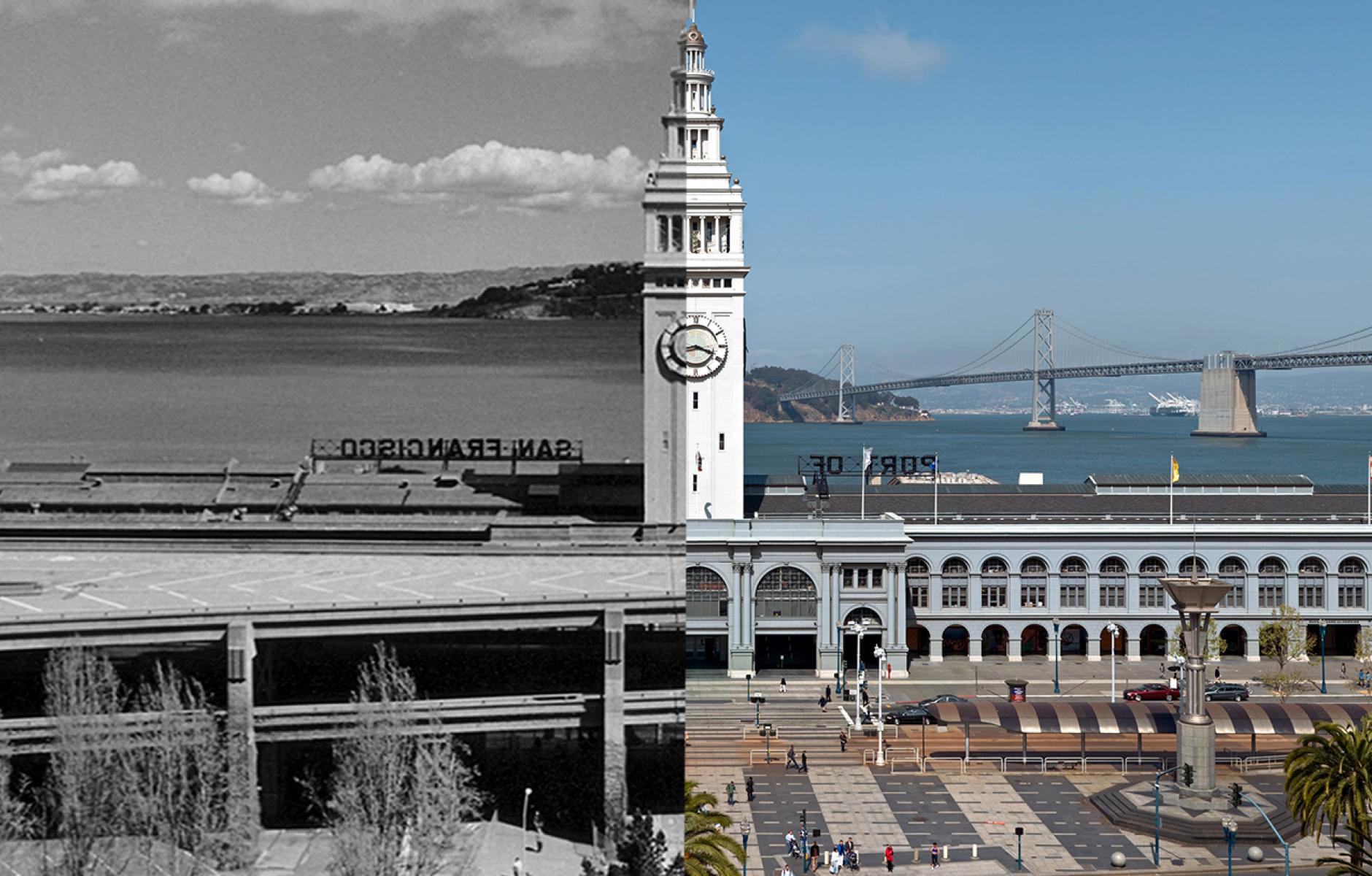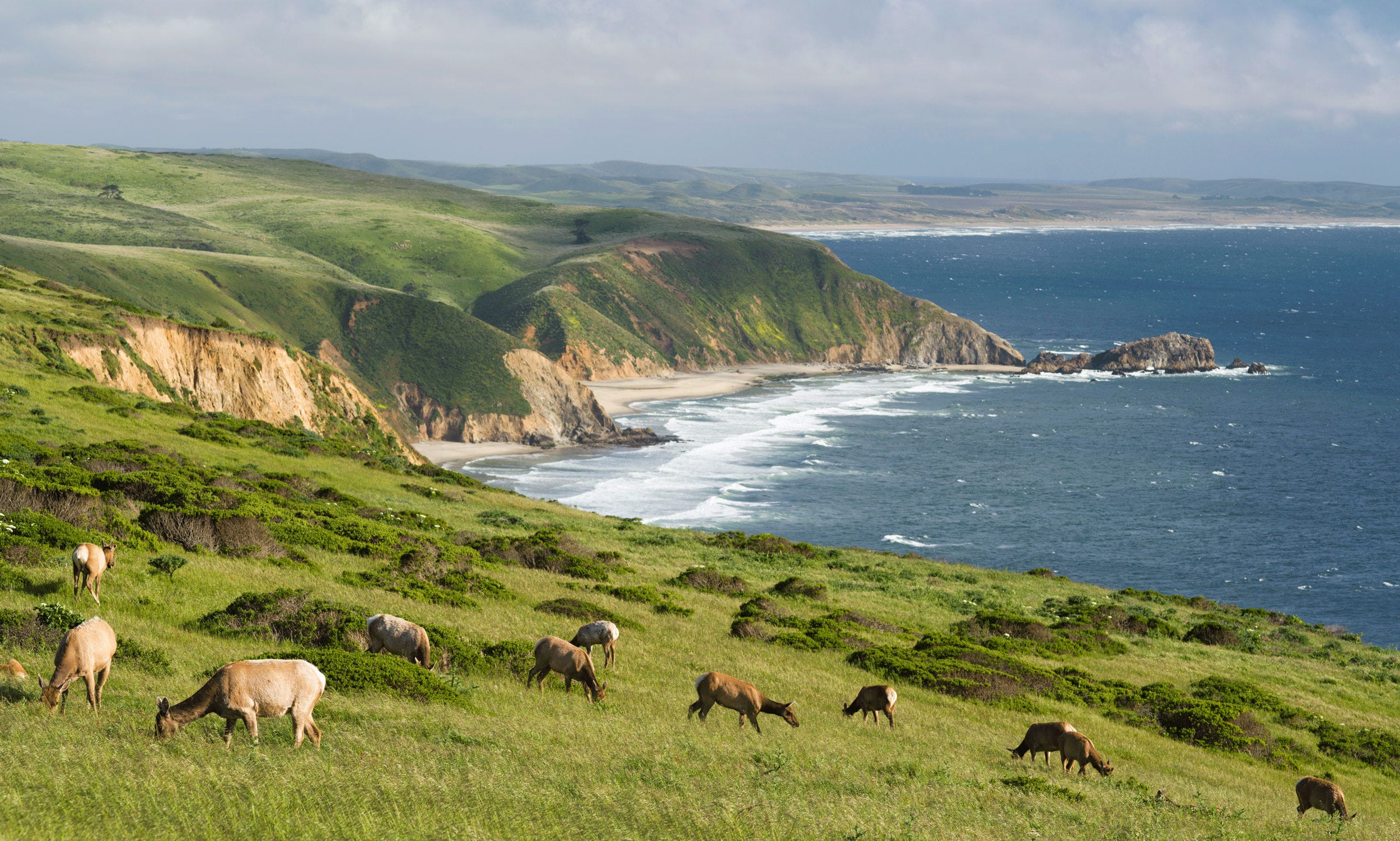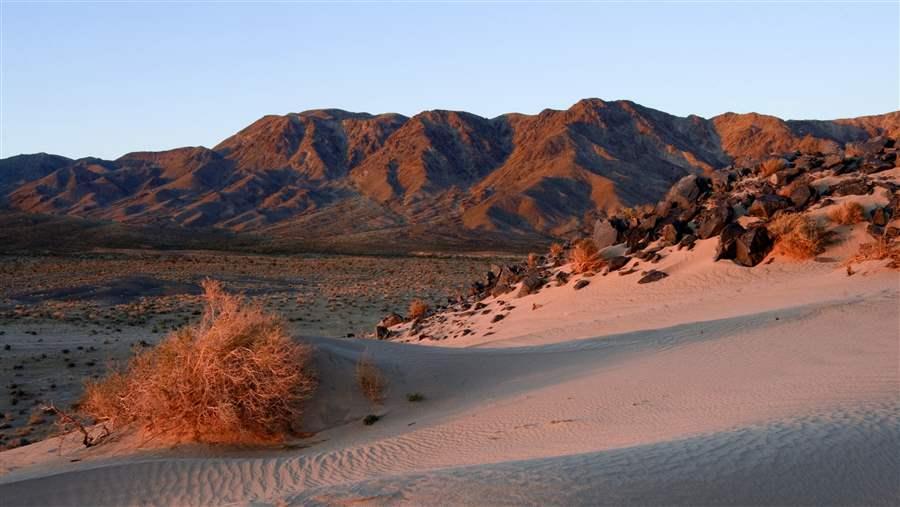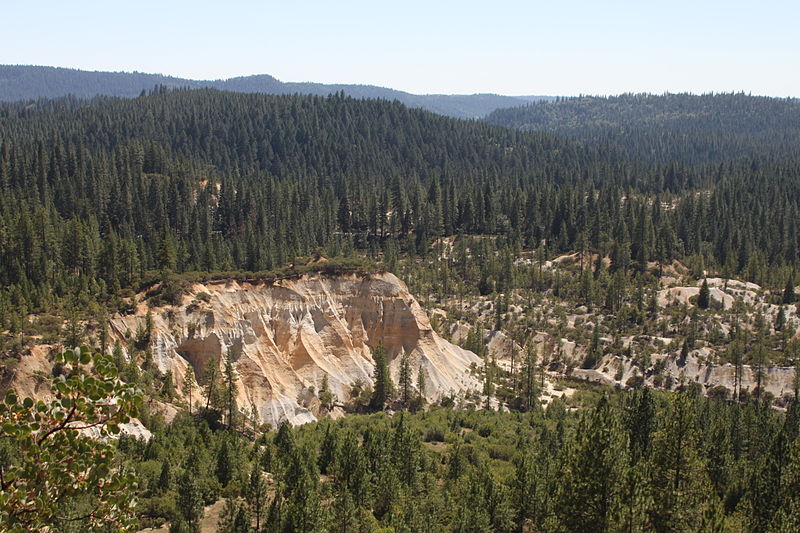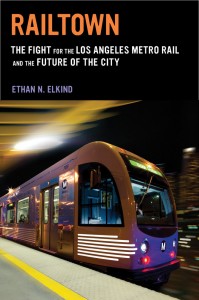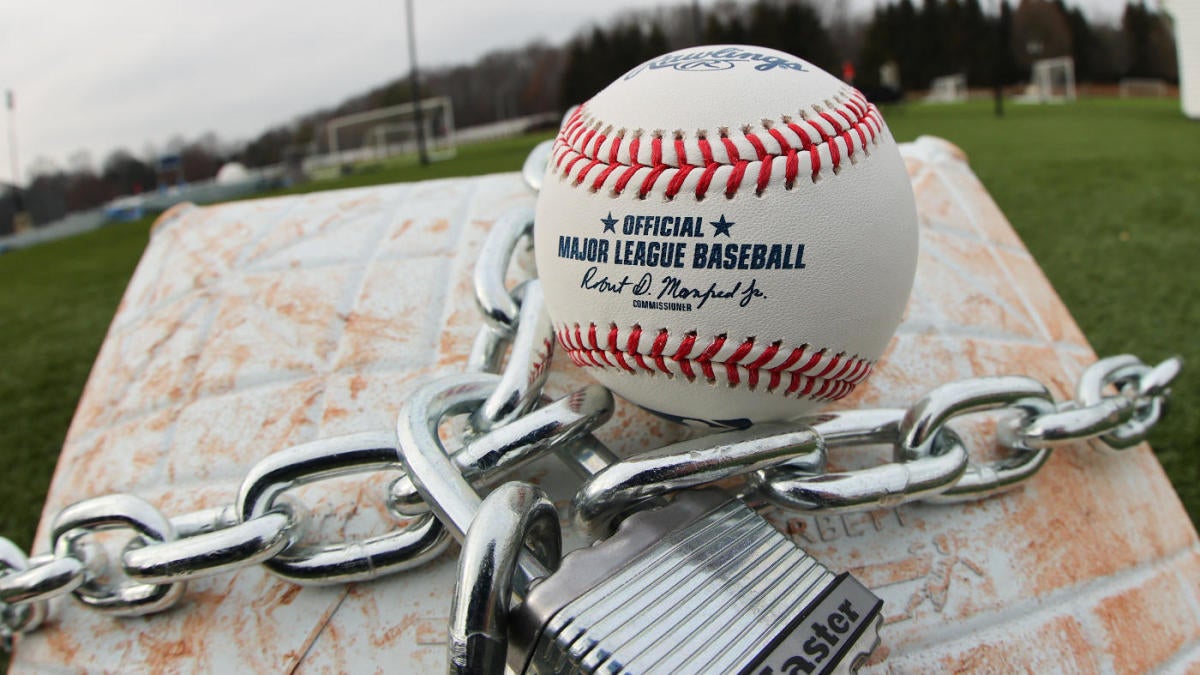
Major League Baseball just announced that the season will be delayed, due to an owner lockout. And most Americans just shrug. The sad fact is that the sport that used to be America’s pastime has seen audience interest decline significantly over the past few decades.
The signs are everywhere: ticket sales have been declining for two decades, and even the World Series hardly draws an audience (viewership declined from 20% of Americans in the 1970s to just 3 percent by 2020). The fanbase is also older and whiter, with an average age now 57, up from 52 less than twenty years ago, with hemorrhaged appeal to Black Americans in particular.
And it’s all the fault of my hometown team: the Oakland A’s. The A’s are the team that pioneered how to hack the rules of the game using then-emerging big data tools, made famous in the 2002 Michael Lewis book Moneyball. The result has been a far slower, less dynamic, and boring game.
As the New York Times detailed, last season saw the longest average game time in history (3 hours 11 minutes), along with the most pitchers used per team (4.43 per game, tied with 2020). Worse, it now takes an average of four minutes between balls put in play. Meanwhile, teams averaged nearly nine strikeouts per game, while stolen bases (0.46 per game) have decreased to a 50-year low.
This is not the way the game was originally played, or even how the game is played in Little League through high school still today.
So what happened? In short, the game has been hacked by Big Data, led by the A’s.
Using complex data formulas, teams have figured out optimal pitching matchups for virtually every batter, leading to relentless and time-consuming pitching changes. Pitchers are now coached and conditioned to throw faster and hit specific, computer-prompted spots, leading to injuries and more strikeouts.
Hitters meanwhile use complex computer analyses of swings to focus on “launch angles” to maximize home runs, even as strikeouts skyrocket. And nobody steals bases anymore, as the data show that is inefficient to do.
Defensively, teams have used algorithms to determine the optimal “shift,” stacking all fielders in the area where hitters are most likely to hit. As a result, screaming liners that use to go for base hits or doubles instead disappear regularly into well-positioned mitts in shallow left or right field.
In short, all the things fans come to see and love about the game are gone: the crack of the bat, great defensive plays, cat-and-mouse games on the basepaths, and dominating pitching performances. Games drag on with little action other than walks and home runs.
And the decline of the game is only going to get worse, due to the rise of other entertainment options like video games, as well as demographic change in the United States that might favor other sports like soccer (interestingly, sports like football and basketball don’t seem to have a worse product due to big data, perhaps due to the contrast with baseball’s more precision-based style of play).
So how can the game fix itself? The current proposals are designed to triage the problems. There’s talk of banning the defensive shift, moving the pitchers mound back to give hitters more time to swing, forcing a pitcher to stay on the mound for a minimum number of batters, and limiting the time between pitches or batting changes, among others.
But these are just cosmetic changes chasing the data revolution. They don’t get to the heart of the problem. Instead, there’s one fix that could solve much of the problem plaguing baseball.
It’s simple: expand the strike zone, and do so dramatically.
With a bigger strike zone, hitters couldn’t be so selective, waiting on a “meat” pitch to belt or trying to work a walk. They would have to put the bat on the ball, generating action, movement, and defensive plays. They also would be less likely to hit into the defensive shift, as they’d have to be more agile to hit pitches farther out of their comfort zone.
That increased hitting would in turn reduce pitch counts and the need for time-wasting pitching changes. In short, you’d see more defense, more action, and shorter games. That’s the game that many of us came to love as children, including me when I fell in love with the Oakland A’s back in the 1980s.
I’m sure there are myriad reasons this change would be tough to implement. Players might push back. Owners may balk.
But unless something drastic is done, the national pastime risks fading into obscurity. Like any failing industry or business, a revamp is needed. Expand the strike zone, or watch the sport wither like many others before it.
Last week, leaders from the Biden Administration announced they would start awarding $5 billion from the bipartisan infrastructure law for a nationwide electric vehicle charging deployment.
I appeared on KTVU News in the San Francisco Bay Area to discuss this investment, which promises to be among the more consequential climate provisions that the administration has passed so far. You can watch the clip here:
I was also interviewed on NPR Marketplace about the spending, and I described why consumer perceptions about the ability to take a long road trip in an EV can loom large in purchasing decisions. You can listen here:
The administration still has another $2.5 billion to spend on EV charging from the law, and this next allotment will go to local communities, including rural and disadvantaged ones that too-often lack sufficient EV charging stations.
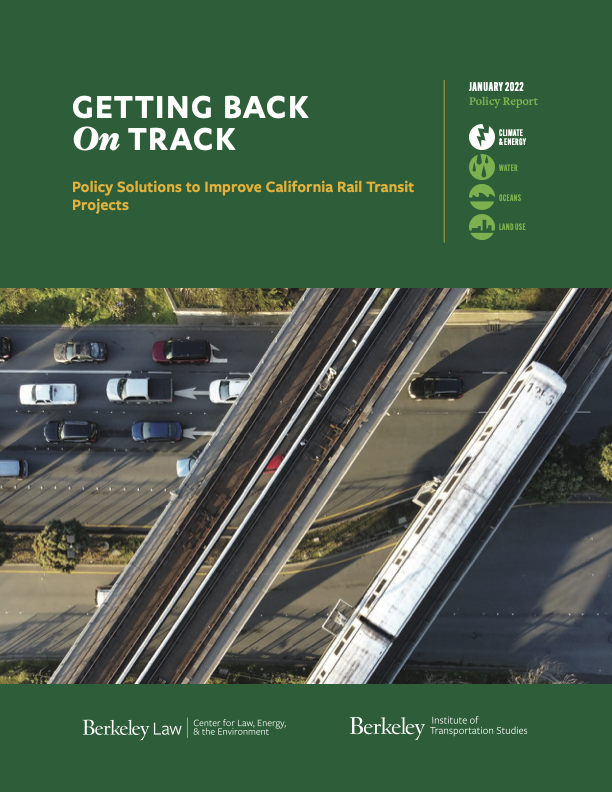
I’m pleased to co-author a new study released today by the Center for Law, Energy and the Environment (CLEE) at UC Berkeley Law that identifies the primary factors underlying cost and schedule overruns for rail transit construction and presents policy recommendations to overcome key barriers.
Improving rail transit delivery is critical for meeting climate and equity goals, given that the transportation sector contributes the majority of the state’s total greenhouse gas emissions. Since the bulk of these emissions come from private automobile travel, rail transit—from heavy-rail subways to overhead-powered trolleys—offers low-emission and low-cost commuting and travel options across income levels.
However, in California and throughout the United States, rail transit infrastructure projects have long suffered from cost overruns and deployment delays that reduce the value of investment and erode public trust. These state and nation-wide projects lag international peers.
For example, completed U.S. heavy rail projects (with trains powered from below via an electric “third rail”) cost more than twice as much on average than their European, Canadian, and Australian counterparts, while U.S. light rail projects (powered by overhead electric lines) cost around 15 percent more than similar projects in Europe, Canada, and Australia. In the United States, different governance authorities hold veto power over multiple decision points, and lack of alignment between these authorities can derail regionally-crucial projects.
Some of the largest and highest-profile California projects, such as the second phase of the Silicon Valley Bay Area Rapid Transit (BART) extension into San José, are particularly slow and expensive. How can California deliver high-quality rail transit projects while keeping on budget and on schedule? Although transit ridership has fallen during the COVID-19 pandemic, ridership is beginning to rebound and transit agencies are committing billions to new infrastructure.
With funding from California SB 1 research dollars through the UC Berkeley Institute of Transportation Studies, CLEE analyzed national and international construction trends and assessed five California rail case studies that offer examples of delivery issues and methods to address them. Common challenges included lack of megaproject management capacity and expertise; project design and scope creep; lack of agency coordination; inefficient procurement and contracting methods; and need for excessive stakeholder outreach.
The five case studies included rail transit projects in Los Angeles, San Diego, San Francisco, and San José, as well as California’s statewide high-speed rail project (which is not a traditional intracity rail line but will be vital to state efforts to reduce vehicle travel). Drawing on the lessons learned from these five cases, CLEE recommends state, regional and local transit leaders consider:
- Forming regional collaboratives to house permanent expertise not tied to any individual local project, with staff available to consult with or contract out to projects when needed. Such a collaborative could benefit projects like the Bay Area Rapid Transit Berryessa Extension, where multi-agency oversight of different project elements required dedicated coordination and communication.
- Creating a statewide office to provide dedicated staff support/ technical assistance to facilitate coordination among local and regional agencies or offer additional funding to agencies that provide detailed plans for addressing any in-house staffing needs, as applicable. For example, the San Francisco Central Subway involved complex construction in a high-density residential and commercial district with significant overruns and delays, in part because agency staff had less megaproject experience than contractor teams. California High-Speed Rail similarly struggled with sufficient in-house capacity, particularly during its early stages.
- Using project procurement and delivery methods that includes early contractor involvement to ensure the total cost of building expensive projects in dense, complex areas is identified before construction begins. For example, the San Diego Mid-Coast Corridor Trolley successfully utilized the construction manager/general contractor or construction manager-at-risk contracting method (CMGC/CMAR), in which the project owner engages a designer and a construction manager separately during the design phase, and the owner and construction manager negotiate a guaranteed maximum price for construction prior to design completion before starting the build phase. This method helped ensure that this relatively pricey project stayed on budget.
- Legislatively granting master permitting authority to transit agencies with priority rail transit projects (including engineering, street closure, and similar project completion-critical permits) to reduce delays and costs imposed by local governments or large or powerful stakeholders along the route. For example, Los Angeles Purple Line Section 1 leaders coordinated with local governments to align expectations about restricted construction times and locations, as local governments held permitting authority over the transit agency.
- Avoiding the addition of significant, non-essential betterments and limiting bespoke design for extraneous station elements (e.g., complex facades), particularly after the design stage. Multiple case study projects suffered from expensive, over-designed project elements to appease stakeholders along the route with effective veto power and other leverage. Determining who will pay for these modifications is a crucial decision point that can push a transit project over budget and behind schedule, if not appropriately managed. State and federal leaders could condition funding on avoiding outcomes that delay a project or place unreasonable cost expectations on the agency and its contractors.
You can read the full report as well as a short policy brief.
Register for a free webinar on Thursday, January 27 at 10:00am Pacific time to learn about the report’s top findings with an expert panel including:
- Hasan Ikhrata, Executive Director of the San Diego Association of Governments (SANDAG)
- Brian Kelly, CEO of the California High-Speed Rail Authority
- Therese McMillan, Executive Director of the Metropolitan Transportation Commission
Thanks to my report co-authors Katie Segal, Ted Lamm and Michael Maroulis.

As 2021 draws to a close, I wanted to share some climate optimism. Climate and energy writer Dave Roberts interviewed carbon market analyst Kingsmill Bond, who is incredibly bullish on the long-term prospects for clean technology and bearish on fossil fuels.
In fact, he believes the world reached peak demand for fossil fuel, including coal and oil and gas, back in 2019, and that even as demand recovers, it won’t go beyond this peak. Meanwhile, clean technologies are plummeting in price and cost of deployment.
It’s worth reading the transcript of the full interview, but some highlights are below.
First, Bond notes that four of the crucial clean technologies (solar PV, wind, batteries, and electrolyzers to convert surplus electricity into hydrogen) are on established learning curves (the amount that their costs drop for every doubling in deployment) at between 16 and 34 percent. In practice, that means this already-cheap energy source is “a) going to get cheaper, b) going to spread globally, and then c) be followed up by these other technologies, also on learning curves, which will then provide us with the energy that we need at much lower cost.”
Second, he describes how fossil fuel incumbents are already pretty much on a death spiral. Specifically, he cites how legacy automakers were unprepared for the increasing shift toward new electric vehicles over old internal combustion engine (ICE) models:
You then look at the cost curves of the new stuff, and you realize that you’re going to have to change. You have to reallocate your capital out of ICE [internal combustion engine] cars and into electric vehicles. Meanwhile, you figure out that you’ve got continuous decline now coming for your ICE car sales, so suddenly, your ICE factory is a liability, not an asset. Furthermore, as your sales of ICE cars start to drop, you’ve got to allocate the same fixed-cost structure over a smaller number of cars, and your cost per unit increases. This is economics 101.
That’s what happens to the old people. What then happens to the new people, Tesla and BYD and the EV makers, is, as they produce more cars, the costs of the batteries fall because of these learning curves. As costs fall, demand increases, and as demand increases, they’re taking more market share, and they can then go to the second feedback loop, which is the financial markets.
Tesla can go to the financial markets and in an afternoon they can raise several billion dollars and build a new factory in Berlin, which increases their capacity to build at the same time the fossil fuel sector is finding it very difficult to raise capital, and is obliged by investors to change their strategic direction — as we saw, famously, with Engine No. 1.
The reason these incumbents struggle to adapt is relatively simple:
The answer is, incumbents, first of all, try and resist change. Then they struggle to put capital into these new technologies, because they’re not sufficiently profitable. You saw lots of examples of the oil center saying that over the last decade: we’re not going to put our money into solar and wind because we can get a 20 percent IRR on oil against a 5 percent IRR on solar. Why would we? The problem, then, is that by the time this stuff does get profitable and starts to eat into their old business, it’s too late, and other people have moved into this area. That’s exactly what’s happening now in the energy system.
Finally, Bond argues that the potential for cheap and abundant clean energy is massive: “If you look at the technical potential of solar and wind, which has been a lot in the last five years, it’s 100 times our global energy demand today.” It’s hard to imagine just how different our world would be if clean energy was essentially cheap and limitless.
Something to ponder as we head into the new year of 2022, with much work to be done to address climate change. May it be a good one for all of you!

Nothing beats getting kids into the outdoors, particularly those from families with limited means or lack of interest in nature. Once children experience nature, they’re more likely to appreciate it and maybe even develop a lifelong passion or career.
That’s where NatureBridge comes in. A nonprofit organization dedicated to outdoor education, NatureBridge runs educational programs in national parks and other settings of natural beauty for students across America, including those from disadvantaged areas.
I participated in NatureBridge (then called Yosemite Institute) as a high school senior, when my biology class took a weeklong trip to Yosemite National Park. It was a transformational experience of snow camping, granite hikes, and sequoias that impacted both my career and personal life to this day.
I spoke to NatureBridge about my experience with the organization and subsequent career working on climate law and policy for their “Stories from the Field” series. You can read it here.
And if you’re looking for an organization to make a charitable contribution to before the tax year ends this month, please consider supporting NatureBridge!

It’s a double-shot of shows on KALW 91.7 FM today, my last two of the year. First, this morning on Your Call’s One Planet Series at 10am PT, we’ll discuss how climate science is being politicized in schools with investigative journalist Katie Worth, author of the riveting new book, Miseducation: How Climate Change Is Taught in America.
In the second half of the show, we’ll cover the mental health impacts of air pollution with reporter Kristina Marusic.
Then tonight at 6pm PT, I’ll be co-hosting State of the Bay to assess recent decisions rejecting or delaying housing projects by the San Francisco Board of Supervisors. UC Davis Professor of Law Chris Elmendorf will help us understand the statewide legal implications of these anti-housing decisions, in particular the recent delay of a 500-unit housing development near BART.
Then we’ll discuss the state of the Bay Area’s “slow streets” movement, which close streets to most traffic for improved pedestrian and bike safety. What do you think about these measures? Ask our guests Eillie Anzilotti of the SFMTA and community planner Leah Chambers.
Finally, you’ll hear my interview with with Phil Ginsburg, General Manager of the San Francisco Recreation and Parks Department, who will discuss some of the holiday festivities available in the city’s public spaces.
Tune in at 91.7 FM in the San Francisco Bay Area or stream live at 10am PT for Your Call and then again at 6pm PT for State of the Bay. What comments or questions do you have for these guests? Call 866-798-TALK to join the conversation!

Today marks 30 years since the outbreak of a devastating wildfire that swept through the Oakland-Berkeley hills of the San Francisco Bay Area in 1991. More than 3,000 homes burned in the fire, and 25 people lost their lives.
I happened to know two of them: my beloved 6th grade teacher Dr. Phil Loggins and my high schoolmate Gabriela Reed. I had just turned 15, and now 30 years later it still hurts deeply to think of their loss and the lives they could have lived — and touched — since then.
Dr. Loggins, 51 when he died in his carport that day, overcome by the smoke and heat, was one of the most influential and impactful teachers I had. His “doctor” title alone is a big indication. He was a science Ph.D who decided to teach public school sixth graders like me about both the natural world and the meaning of personal growth.
His approach was unusual and effective. For one thing, he loved animals and included live versions of them in his lessons. His classroom was filled with tanks of snakes and rodents. In science class, we learned about the taxonomy of classifying plants and animals, while laughing in amazement as Dr. Loggins let his boa constrictor snake named Honey Buns encircle us on our shoulders.
He nurtured our creativity, reading books aloud to the class in theatrical voices so we could appreciate spoken rather than just written language. In one memorable exercise, he turned off the overhead lights and played the opening instrumental theme to the 1986 movie Top Gun, asking us to let our thoughts soar with the music. With the lights back on and inspiration achieved, we then went about our creative writing with the images we had seen in our minds.
He had a profound love of nature, which he wanted to instill in us. On a weeklong school camping trip near Point Reyes, he had us go on solo hikes to be alone with our thoughts in the wilderness, so we could appreciate the world around us without the distraction of conversation and friends (what he would have thought of smart phones). He showed us photos he took on a projector of amazing scenes from his journeys in nature. It took on added poignancy that he once displayed a photo of a beautiful fallen leaf, bright in primary colors, and he reminded us, “even in death, life can be beautiful.”
I wonder how much of the work I do today on climate change and environmental preservation is due to his influence. He taught hundreds of kids in his too-short career, and I know his legacy lives on in part through his students and those to whom we’ve tried to pass on his lessons.
Gabriela Reed was 18 when she died in the fire, visiting a parent and trapped in her car as the fire exploded in heat and size. She was two years ahead of me, a senior in high school, but she had sat next to me in intro Spanish class, and I had gotten to know her a bit. She had a wonderful and mischievous sense of both humor and fun, quick to laugh and to support her friends. She had such youthful energy and vibrancy that I still struggle to imagine she’s not with us anymore.
At the time of the fire, I attributed their deaths and the other tremendous losses that day to an act of nature. But now I know, from working on wildfire issues here in California, that what happened that day was in fact preventable.
The brutality of the fire was the result of decades of fire suppression and lack of vegetation management. In simpler terms, the area was overgrown with trees and shrubs, including flammable and non-native Eucalyptus trees, which were growing too close to homes that featured vulnerable wood-shingled roofs. When the fire hit, it should have been a “cool” grass fire that would never leap to the crowns of well-spaced, large native trees like oaks and redwoods. It should have been easily contained, and if not containable, it should have moved slowly enough for residents to evacuate safely.
Going forward, we need to dramatically boost fuel treatments across the state, as climate change makes these wildfire conditions even more severe. More people are now aware of the fire danger and the impacts of smoke, so the politics is supportive. But the work is still happening too slowly, as more fires burn and more lives are devastated and lost.
Nothing can be done now to change those tragic events 30 years ago, but I hope that remembering the suffering and lives lost will increase the urgency of the task. And in the meantime, I at least will take a moment to remember and grieve these loved ones taken from us too soon.
Rest in peace, Dr. Loggins and Gabriela.
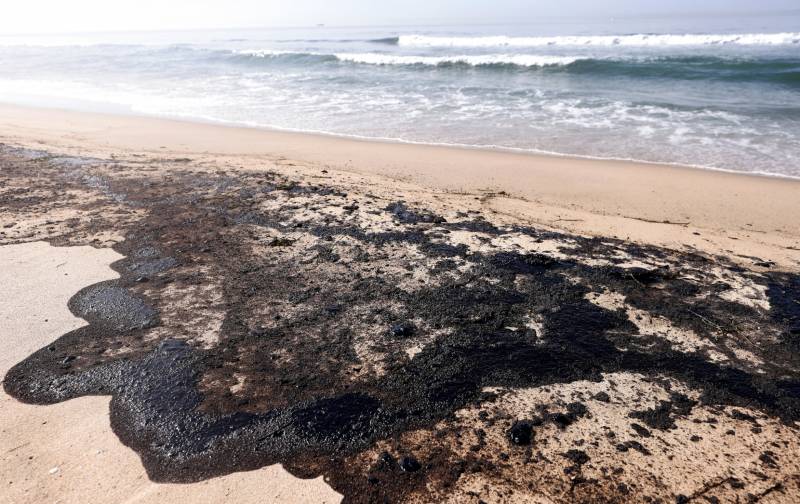
It’s another environmental catastrophe in Southern California this past week, with a ruptured oil pipeline off the coast of Huntington Beach spewing 127,000 gallons into the ocean and onto beaches and wildlife.
It’s at least the fourth major oil spill in Southern California waters in the last half century or so, and the second pipeline rupture off of Southern California in just the past six years.
Given the state’s climate goals and decreasing reliance on petroleum for transportation, the spill is a reminder of the risks of our continued in-state oil and gas production, though this facility was permitted in federal waters.
To discuss options for state and local leaders to avoid this kind of tragedy in the future, I spoke to KTVU Channel 2 News about potential paths forward (see this video at about the two-minute mark).
My thoughts are based in part on our 2020 Berkeley Law report Legal Grounds: Law and Policy Options to Facilitate a Phase-Out of Fossil Fuel
Production in California.

Earlier this month, Governor Newsom signed two significant housing bills — one to end single-unit zoning in urban areas across California and one to allow local governments to upzone parcels near transit to up to 10 units. These new laws could start to make a dent in the state’s multi-million unit housing shortage. But how much?
First and foremost, SB 9 (Atkins) would allow homeowners to convert their house into a duplex, or split their lot and build two units on each lot, allowing up to four units per original parcel — all with streamlined local approval. In short, it ends single-unit zoning in urbanized and transit-rich areas across the state.
For context, the state has roughly 7.5 million single-unit-zoned parcels, and nearly two-thirds of residential land in the state is reserved exclusively for this type of single-unit zoning.
I recently hosted David Garcia from UC Berkeley’s Terner Center on Housing Innovation on KALW’s Your Call to discuss the bill, and his center found that SB 9 could enable the creation of over 700,000 new homes that would otherwise not be market feasible. Given that some estimates peg the state’s housing shortage at 3.5 million, an additional 700,000 units would be a sizeable contribution.
Yet these changes won’t happen overnight. Property owners would need to decide to convert their homes or split their lots, a process which could take years to unfold statewide. Still, given the history of racial exclusion associated with single-unit zoning, coupled with the need to boost housing anywhere we can, and especially in high-income, transit-rich communities, this bill is a welcome step in the right direction.
The second bill, SB 10 (Wiener), is a voluntary opt-in for local governments wishing to rezone parcels for up to 10 units of housing near transit. It allows them to do so without undergoing environmental review.
This bill is less likely to have a big impact on housing production, simply because many local governments and their homeowner constituents are hostile to new apartment buildings. However, as the state tightens the requirements for local governments to provide housing for residents of all incomes, they may be forced to invoke this provision. And in the meantime, local governments that do want to see more dense development (and have the market conditions to enable it) will be able to utilize this law.
Notably, wealthy anti-development interests are already challenging this bill. The Los Angeles-based AIDS Healthcare Foundation, run by a longtime development opponent with personal beef against the author of SB 9, filed a lawsuit claiming that the new law is unconstitutional, because it allows local governments to override voter-approved initiatives restricting development with a supermajority vote. The nonprofit Planning and Conservation League also opposed the bill on similar grounds.
Given the statewide importance of housing production, this lawsuit is unlikely to succeed. But homeowners from some of the wealthiest communities around the state are also mobilizing to place before the voters a constitutional amendment restricting what state policy makers can do to boost housing over local objections.
The ballot measure is also unlikely to succeed given the pro-housing politics of the electorate (many of whom are renters and housing insecure). But it’s yet another example of wealthy interests fighting to preserve the exclusivity of their neighborhoods and maintain their inflated property values, at the expense of the less fortunate.
In the meantime, the real work to boost housing across the state will continue in the legislature. That means more legislation to allow apartment buildings near transit (particularly in high-income areas), streamlining approvals for infill projects, and reducing the overall cost of housing construction.
But for now, 2021 was definitely a year of progress on the housing front, with much more to be done.

